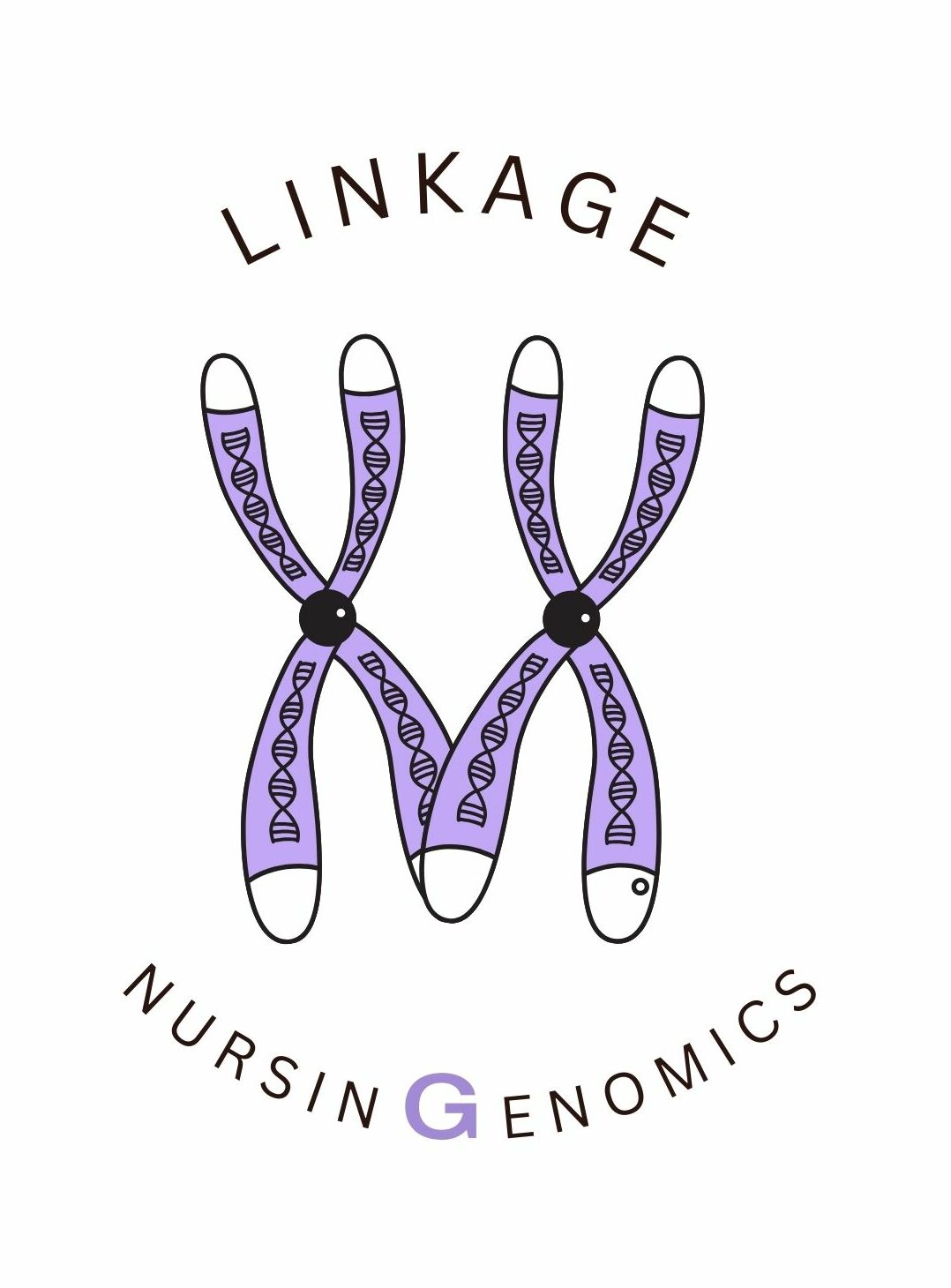Quiz Questions
Module 2: Introduction to Genetics II
The following eight questions can be used to test the understanding of content from Module 2: Introduction to Genetics II. Answers are identified with an asterisk and bold text.
A pedigree can be used by a registered nurse to:
a) Determine biological relationships across multiple generations
b) Identify family members who may be at risk of developing a genetic condition
c) Identify inheritance patterns of traits in a family
*d) All of the above
Phenotype refers to:
a) The specific genetic makeup of an organism (its genes).
*b) The observable physical characteristics of an organism.
c) The specific location of a gene on a chromosome.
d) The environmental factors influencing an organism’s development.
Polymorphism refers to:
*a) A single gene having multiple alleles in a population
b) A genetic mutation that causes a severe disease
c) The complete set of chromosomes in an organism
d) The transfer of genetic material between different species
Variations are:
*a) permanent alternations in the DNA sequence
b) always small single base pair changes
c) always harmful
d) have limited impact at a population level
Which of the following are red flags for genetic risk in adults?
a) The patient is the typical age for onset of the condition.
b) The patient has a history of exposure to an environmental factor that is known to increase risk for the condition.
*c) Multiple family members are affected by the same condition.
d) The patient is of the typical sex impacted by the condition.
Anne brings her 6-month-old daughter Ava to the public health unit. Anne has concerns about Ava’s development. The public health nurse completes a physical exam of Ava and constructs a 3-generation pedigree. Which of the following does the public health nurse consider as red flags for risk of a possible genetic condition?
a) On examination, the nurse notes that Ava’s head is smaller than a typical 6-month old’s head.
b) Anne is concerned that Ava has been slower to hit developmental milestones as compared to her older brother.
c) The nurse notes that Ava’s growth rate has been lower than the typical growth rate since birth
*d) All of the above
Which of the following are true about genes? (select all that apply)
*a) Genes are the basic physical and functional unit of heredity.
*b) Each individual has two copies of each gene.
c) Each gene only codes (or has instructions) for one protein.
*d) Genes are composed of small strands of DNA.

